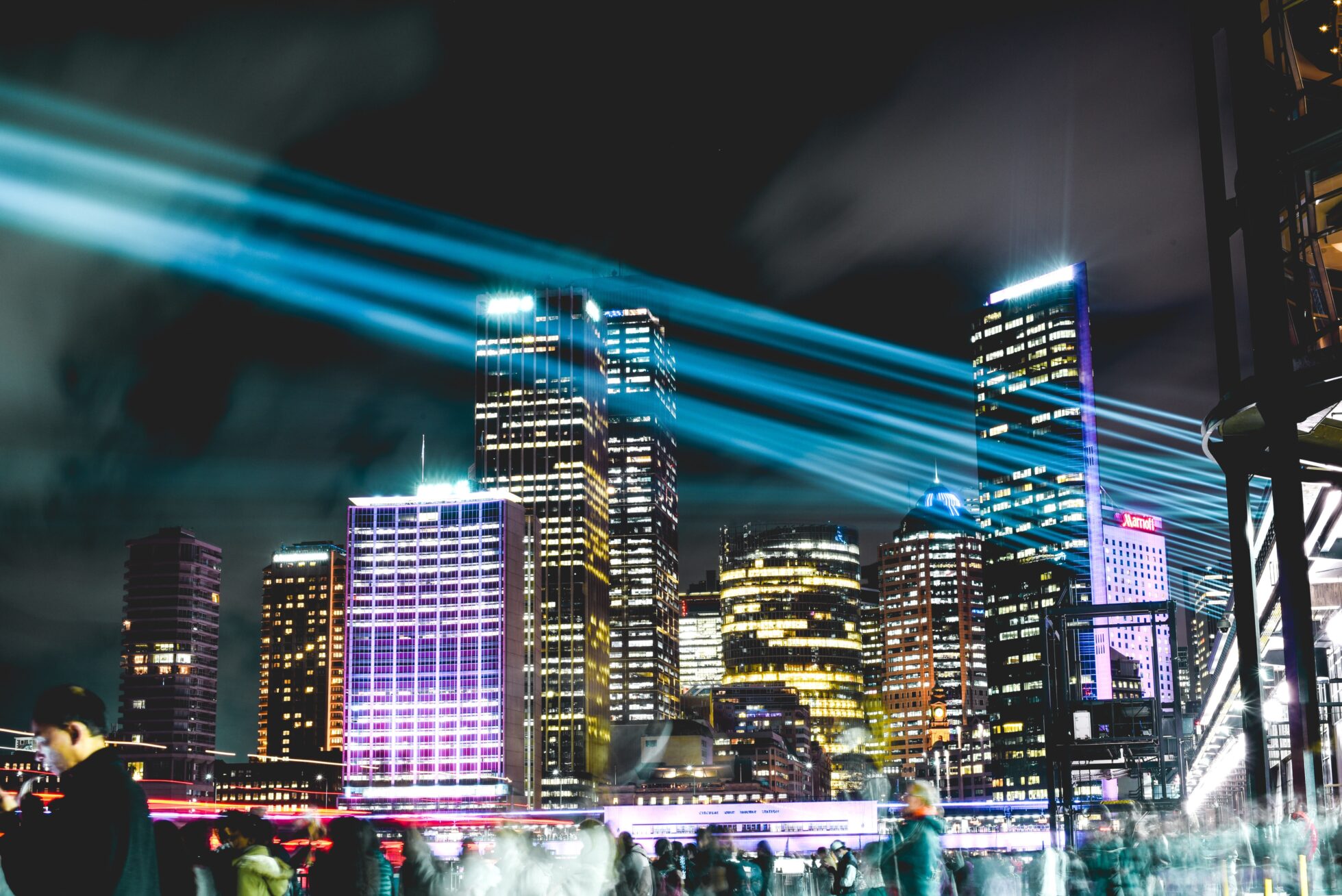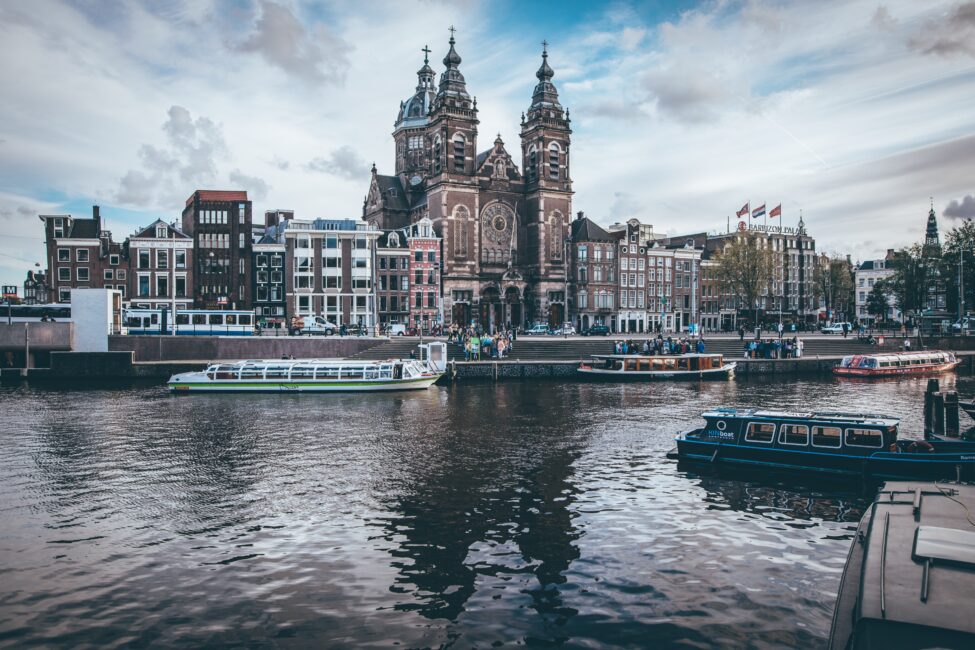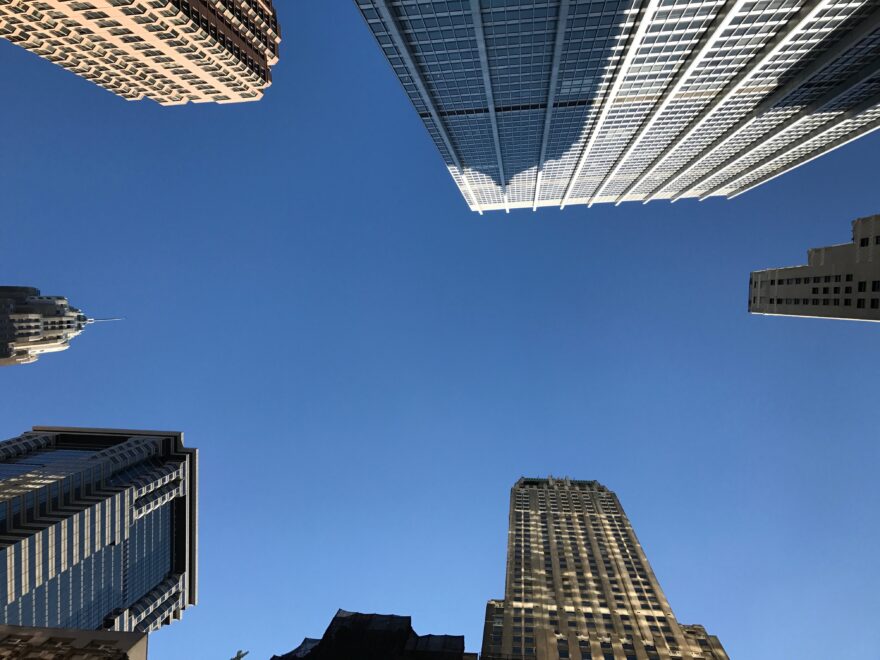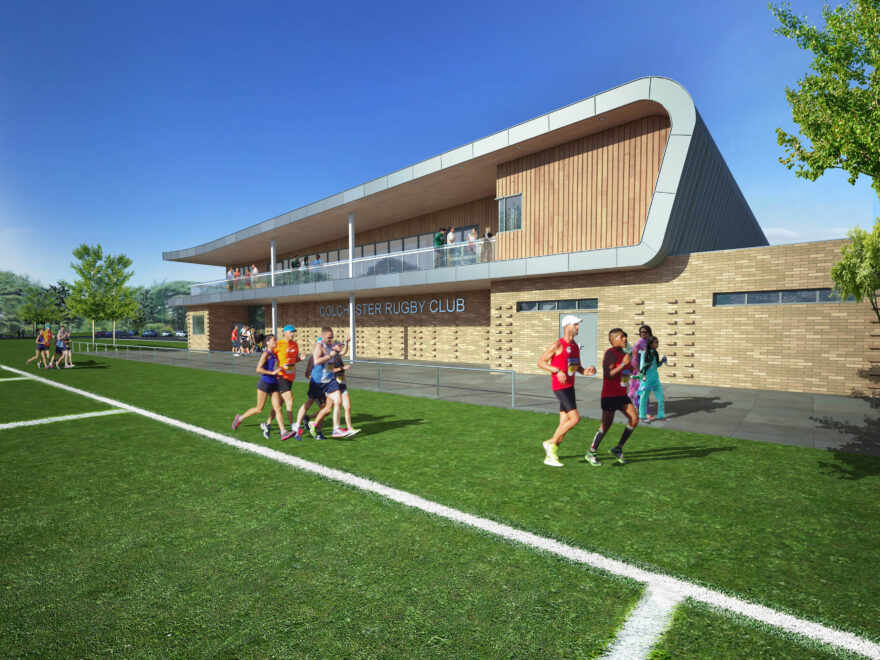Smarter cities for a sustainable future

In the 21st century, data is king. In 2020 we are expected to have accumulated 44 zettabytes of data – that’s 40 times more bytes than there are stars in the observable universe. For several years now, local authorities across the world have been hoping to use the data we share to make cities more sustainable and easier to live in. Our behaviour patterns – where we like to shop, run, relax, socialise and how we commute – are all affecting how the cities of tomorrow will be shaped. These interconnected cities are known as smart cities and they are becoming more widespread.
Earlier this year, experts from across the private and public sector gathered in Oxford as part of a Built Environment Networking (BEN) conference to discuss how we can use smart cities and the data they generate into the long-term future of the built environment. Among those in attendance was sustainability expert Dr Jose Hernandez of Perfect Circle, who discusses the key talking points.
What is a smart city?
The concept of smart cities and its applications and opportunities have generated a lot of buzz.
Defining what one is, however, is a little more challenging as different cities have varying interpretations. If you’re thinking of chrome skyscrapers and hover cars, you might be disappointed.
From a technological perspective and broadly speaking, smart cities are areas that use devices connected to the Internet of Things (IoT) to give local authorities real time data in order to solve problems – like traffic congestion, for example – in the city.
A key element is that any technology intervention must only take place in order to solve problems and improve the quality of life of citizens, and not just be done because technology allows us to do it. Successful smart cities will be those with a soul and a brain rather than an army of robots.
In fact, you’re already likely to be living in a partially-smart city right now. Increasingly, smart bins are being introduced across cities in the UK to alert the council when the bin is at its capacity, while many car parks are equipped with green lights to make it easier for drivers to spot a free space.
With the rollout of 5G, these sensors will become more widespread and have the capability to store and analyse more data.
By 2050, it’s estimated that 70% of the world’s population will be living in cities. Having smart infrastructure that can monitor aspects like air pollution is already vital in making cities more sustainable to live in.
The Covid-19 pandemic has helped highlight how fatal this invisible killer can be. Due to many countries enforcing lockdown procedures, the air we breathe has improved considerably.
Across Europe, we have seen a reported 11,000 fewer deaths due to improving air quality. While this time has been hard on so many people, there have been positive lessons to learn from it and it’s my hope that we can utilise technology to improve the air quality further without the need for lockdown.

Data sharing
With so much data available to local authorities, more cities are sharing their information with one another in an attempt to come up with new solutions for old problems.
It was a point touched on by Theo Blackwell, chief digital officer for the London Assembly. He claimed that data partnerships with public bodies like the NHS or clinical researchers could hold the key to solving inter-city problems, such as air quality and respiratory illnesses.
At the time of writing this blog, the NHS is building a contact tracing app that allows the public to track and trace cases of Covid-19 in their local area through Bluetooth signals. Unsurprisingly, coronavirus has spread faster in populated cities. When a user submits that they have symptoms, the app will determine whether people that have been in contact with the user needs to be notified.
Air pollution is one of the biggest problems affecting major cities and predicting where air quality is at its poorest allows authorities to set out new measures to help these areas.
Loughborough University has developed an AI system that can predict hours in advance, which it is hoping to roll out across the world. Siemens has developed a cloud-based system with sensors that uses data from the city to predict air quality days in advance.
Nuremberg has been using the system for a year now to evaluate potential future measures such as driving bans. The system, which is also being used in Guangzhou Knowledge City, China, suggests a range of actions to ensure levels remain below a certain threshold. The hope is that this tool can help major European cities set out greener initiatives in the coming years.
Leicester City Council has also worked with German giants Siemens to replace its traffic signals with longer-lasting LED signals, which reduce carbon emissions. The council has implemented several smart measures in recent years and has worked with Pick Everard – one of Perfect Circle’s shareholders and founding partners – and Leicester-based company EarthSense to manufacture air pollution sensors and place them across the city.
As we move further into the 2020s, data will shape how our city’s infrastructure will change.
London has been introducing smart lampposts with sensors and electric charging, as well as retrofitting buildings with low-carbon energy sources. It’s sharing the data it collects with Milan and Lisbon from these policies as part of the Sharing Cities initiative. This collaboration is using the data from the three cities to help deliver a more liveable and resourceful environment.

How are other European cities embracing smart technology?
One of the highlights of the BEN conference was understanding the initiatives that major cities across Europe are developing to ensure their smart cities are better equipped.
Amsterdam
Most cities define themselves as a smart city by the use of their technology and data. What is fascinating about Amsterdam is the focus it puts on citizen engagement and creating fair infrastructure for all stakeholders in the city, from local authorities and major businesses to the average citizen.
Everyone can log on, view and even add their own data to the city’s data source City Data. The same model has been rolled out in Leicester, which launched its Love Leicester app in 2015.
That isn’t to say that Amsterdam is lagging behind in terms of its technology either. To help the city address air pollution, it has installed a series of smart birdhouses across the districts that measure air quality through LED lights.
The GeoLight app enables the city’s many cyclists to adjust the intensity of street lighting to make cycling in the dark safer. Once you cycle past the streetlight, it then dims again.
The MinjBuur app is a tool for neighbourhoods where citizens can organise events, discuss nuisances or lend a helping hand to neighbours. For a more thorough list of products helping transform Amsterdam into a smart city, click here.
Vienna
Vienna has also adopted a similar model that puts its citizens at the heart of smart city development. Walter Palmeshofer, senior expert for smart cities at Urban Innovation Vienna, made a very interesting point about this. He said: “if you are a smart city, you have to connect to the people living in the city, but every city struggles to have a feedback loop system that works.”
To improve the life of its citizens, Vienna has developed its first climate-adapted street, designed to help citizens cope with increasingly hot summer days. The mile-long street has seen additional trees planted, cooling arches installed on road sections affected by several degrees and additional water stations fitted.
A Power-2-Heat plant has also been opened to recycle excess energy into heat, which is fed back into the city network in the form of hot water for up to 20,000 households.
Berlin
Over in the German capital, the emphasis on developing smart cities hasn’t been as data-driven as London’s. Beate Albert, the head of unit at Smart Cities Berlin, describes their approach as economically-driven, prioritising space for start-up companies specialising in smart tech and renewable energy.
Here, the private sector is taking the lead in building smart districts. Siemens – a company I have engaged with numerous times through its energy and smart cities UK teams – is developing the north west region of Siemensstadt into its own smart district by investing more than €600 million into housing, commercial offices, research centres for green energy and technical hubs.
This district will prioritise green open space for its citizens by keeping streets short and integrate its research labs and tech hubs into housing districts to greatly reduce commutes and carbon emissions. Digitalisation options and development of apps will be coming at a later date.

How cities are ensuring that data is safe
Building smart cities is reliant on data from its residents all the way to its trees or streetlights. This presents a gold mine for cyber criminals that could, in theory, hack into this emerging digital infrastructure and compromise personal data. So, how do we combat this problem?
This year in the UK, the government has announced strict new security measures all smart devices have to adhere to if they are to connect to the IoT. All devices that connect to the internet must:
- have unique passwords for each individual unit provided from the manufacturer so that hackers cannot take advantage of customers who fail to change the default login details.
- manufacturers will be obliged to provide a public point of contact for reporting security flaws.
- explicitly state the minimum length of time for which they will provide security updates.
The government is working with international partners to ensure these guidelines drive a consistent, global approach to IoT security.
Going forward, the questions over privacy in these data-driven smart cities remain a challenge. Current smart infrastructure may not be as well protected and there have been recent examples in the US where hackers got into multiple tornado alarms across Texas before a storm.
Citizens are often protective over what data they hand over too. The introduction of GDPR has given people the power to opt in instead of opt out, but whether it hinders the progress of smart cities remains to be seen.
Cyber security and data encryption will need to be thoroughly reviewed as smart cities become more widespread.

Sustainable buildings and circular economy models will be key in a smart city
Currently, it’s estimated our cities produce approximately more than 60% of world emissions. For our cities to thrive, we need to closely monitor air pollution and design out waste material from the earliest stage.
A circular economy is one that produces little to no waste or pollution and one where we make use of disposed products, parts and materials.
Speaking at the event in Oxford, Joseph Daniels, chief executive of Project Etopia, shared how his modular smart homes will improve air quality in the Northamptonshire town of Corby.
Using the traditionally-steel town as a test site, the 47 homes generate more energy than they consume, making them carbon positive. On average, a home in the UK emits 2.7 tonnes of C02 from just heating their home. According to Daniels, his homes produce –0.7tonnes of C02 – producing more energy than they consume.
This excess energy from the home can be recycled back into the grid network and reused throughout the town, helping create a circular economy. If this model can be proven to work in the UK, it could potentially change the way that we build new homes across the country and reduce our homes’ carbon footprint. That energy positivity can, according to Daniels, take a car off the road for 36 years.
Amsterdam has introduced initiatives to ensure the cities strive towards a circular economy. It has promised to reduce 50% less raw materials by 2030. The city is enforcing material passports for building sites and increasing sustainability requirements when issuing tenders, requiring more recycled material to be used.
Circle Economy, an Amsterdam-based organisation has produced an app that hopes to guide local authorities to discover and prioritise circular economy opportunities. The organisation has helped cities as far as Philadelphia create circular economy plans and intends to invite city authorities around the world to sign up to its new app.
According to the Dutch company, global resource consumption has hit 100 million tonnes, so it’s integral that smart cities of the future have robust circular economy plans to help combat this problem.
Spending on converting our cities to smart cities will increase across the world. As technology gets more advanced, the chance to develop sustainable urban areas – once a bit of a pipedream – becomes an increasingly likely reality.
Join the conversation on LinkedIn or Twitter. Or get in touch with one of our regional leads to find out more about Perfect Circle’s commitment to creating a sustainable built environment.

